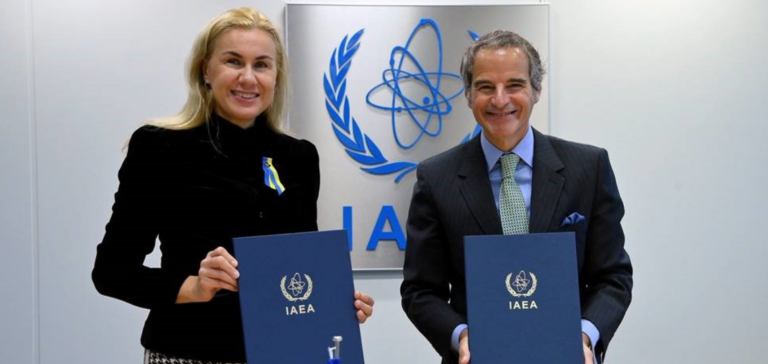EURATOM continues its cooperation with the IAEA. While both parties were satisfied with the 2013 agreement, they still felt it necessary to expand the scope of their cooperation.
A long-standing cooperation
Established by the EURATOM Treaty, the European Energy Community was born following the Suez crisis in 1956. The Member States, fearing an energy shortage, have decided to optimize their cooperation. From then on, it organized European cooperation in the field of civil nuclear power and energy self-sufficiency for the continent.
The EURATOM signatories then decided to submit their cooperation to IAEA safeguards. Since then, they have developed extensive scientific and technological cooperation. The 1976 agreement is a formal basis for this, extended in May 2008 by a joint declaration.
Since then, they have been working to strengthen the quality and intensity of their cooperation. Thus, On September 17, 2013, the two organizations signed a memorandum of understanding, renewed twice.
An expanded memorandum of understanding
Building on the scientific and technological cooperation developed in recent years, the two sides updated the 2013 treaty.
It now includes new areas of common interest such as education and staff training. The MoU also strengthens cooperation on radiation protection, waste safety and emergency response.
Moreover, at a time when Russia has renewed its nuclear threats, this type of agreement seems indispensable for maintaining peace on the continent.





















